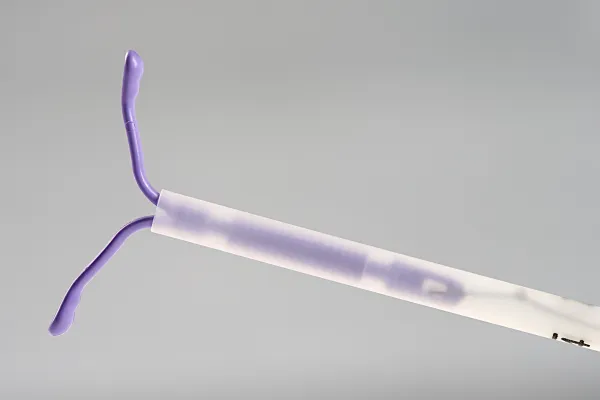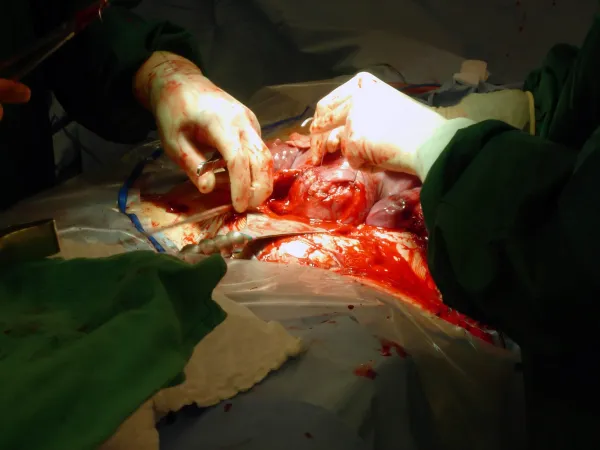Ob-Gyn Coding Alert
Wound Infection Following C-Section May Mean Doing This
Question: My ob-gyn did a C section on one of our patients. The mother developed a wound infection requiring a wound vac. The wound vac was placed by another practice. We are doing the dressing changes in office. Can we bill 97605 with modifier 58, or will this be included in her global? She’s coming in three times per week.
Kentucky Subscriber
Answer: If you are only changing the dressing, then you will not have met the requirements for billing 97605 (Negative pressure wound therapy (eg, vacuum assisted drainage collection), utilizing durable medical equipment (DME), including topical application(s), wound assessment, and instruction(s) for ongoing care, per session; total wound(s) surface area less than or equal to 50 square centimeters). Please examine the documentation carefully to ensure that these requirements have been met.

The clinical vignette submitted when this code was added to CPT® describes the following work:
Discuss alternative therapies, the DME system, and benefits and risks with the patient. Thoroughly clean the wound and periwound area. Ensure adequate hemostasis has been achieved. Prior to foam placement, protect tendons, ligaments, blood vessels, nerves, and organs, when present. Apply skin protectant to periwound area. Assess wound dimensions and pathology, including the presence of undermining or tunnels. Cut dressing to dimensions that will allow the foam to be placed gently into the wound without overlapping intact skin. Gently place foam into wound cavity, ensuring contact with all wound surfaces, ensuring foam-to-foam contact between adjacent pieces of foam to even the distribution of negative pressure. Trim and place a drape to cover the foam dressing with an additional 3 cm to 5 cm border of intact periwound tissue. Place the adhesive face down over foam, and apply drape to cover foam and intact skin. Identify tube location to allow for optimal flow, avoiding placement over bony prominences or within creases in the tissue. Insert tubing into opened pad site, and connect to the negative pressure therapy pump. Secure excess tubing to prevent interference with patient mobility. Set pump parameters and activate. Inspect system for leaks and proper function. Label dressing with date, time, initials, and number of foam pieces placed in wound. Document same information in patient’s chart. Provide instruction to the patient and/or caregiver on the maintenance of the pump, technique for canister replacement, proper inspection of the dressing, and signs or symptoms of wound deterioration.
Related Articles
Ob-Gyn Coding Alert
- Gynecology:
3 FAQs Will Clear Up Your Vaginal Cuff Repair Coding Confusion
Here’s the modifier you’ll need for a repair during previous surgery’s global period. What’s key [...] - Obstetrics:
Pregnant Patient Switch Insurance? Here’s How to Handle Open Enrollment Season
Be prepared to potentially split up the global ob package. As 2022 draws to a [...] - E/M:
Apply New MDM, Time Rules to Your 2023 Inpatient and Observation Coding
Remove 99217 and others from your coding toolbox. By now you know that Jan. 1, [...] - You Be the Coder:
Placenta Delivery and Bakri Balloon
Question: I have a physician who was only present for the delivery of the placenta, but [...] - Reader Question:
Gain Insight Into This Granulation Tissue Removal and Closure Scenario
Question: Patient had a Nexplanon with nonhealing incision and granulation tissue. She had an outpatient procedure [...] - Reader Question:
Wound Infection Following C-Section May Mean Doing This
Question: My ob-gyn did a C section on one of our patients. The mother developed a [...] - Reader Question:
Solve This Separation of Labia Scenario
Question: Looking for some assistance on the below procedure note. I’m leaning toward an office visit, [...] - Reader Question:
Go In-Depth With This Vulvar Ulcer Scenario
Question: I have been going in circles with this procedure. Our provider performed a right vulva [...]




